
Japan Wireless Product Certification Requirements
The TELEC/MIC certification in Japan is a mandatory certification for products with wireless transmission functions, aiming to ensure that these devices comply with Japan's radio regULations for proper operation within the Japanese wireless communication network. Below is a detailed overview of TELEC/Mic certification:
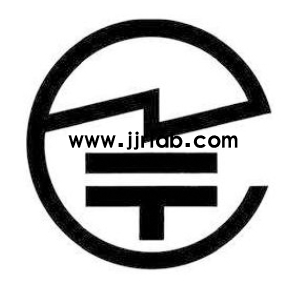
1. Definition and Background
telec certification, also known as mic certification (MIC stands for the Ministry of Internal Affairs and Communications), is the main registration certification body for radio equipment conformity in Japan. TELEC/MIC certification is mandatory for all products with wireless transmission capabilities, such as devices with Bluetooth, Wi-Fi, and 2G/3G/4G functionalities.
2. Main Content and Purpose
The TELEC/MIC certification covers two main aspects:
- Testing Certification: It includes electromagnetic compatibility testing to ensure the device does not interfere with other equipment. Additionally, the device's radio frequencies are tested to confirm they fall within the ranges set by the Japanese government.
- Conformity Certification: This involves testing and assessing various performance and functional aspects of the radio equipment, including transmission power, frequency stability, and signal interference, to ensure compliance with Japanese radio regulations.
3. Product Scope
TELEC/MIC certification covers a wide range of radio products, including but not limited to:
- Radio products and telecommunications terminal equipment (such as laptops, projectors, etc.).
- Various Bluetooth products (such as Bluetooth headsets and speakers).
- UWB (Ultra-Wideband) products.
- Wireless modules (such as Wi-Fi modules, NFC modules).
- Mobile phones and tablets.
- In-vehicle devices, etc.
4. Application Process
The application process for TELEC/MIC certification primarily involves the following steps:
1. Document Preparation: Gather and prepare the requiRED documents, including product specifications, technical files, and relevant certificates.
2. Laboratory Testing: Submit the product to a laboratory qualified for TELEC/MIC certification testing to assess its electromagnetic compatibility and radio frequencies.
3. Application and Review: Complete and submit the TELEC/MIC certification application form along with the necessary documents and test reports. Upon successful final review, the TELEC/MIC certification body will issue a TELEC/Mic certificate, permitting the product to be sold in the Japanese market.
5. Labeling Information and Reference Standards
TELEC/MIC certification requires clear labeling information on the product, including test results, setup photos, and inspection details to ensure consumers are informed of the product’s compliance. The reference standards for TELEC/MIC certification cover multiple aspects, including electromagnetic compatibility (EMC) standards, radio communication standards, and safety standards, ensuring the compliance and performance of radio devices.
In summary, TELEC/MIC certification is one of the essential certifications for selling radio devices in the Japanese market. It involves testing certification and conformity certification, both aiming to ensure that radio devices comply with Japanese radio regulations, thereby enabling their proper operation within Japan's wireless communication network.
Email:hello@jjrlab.com
Write your message here and send it to us
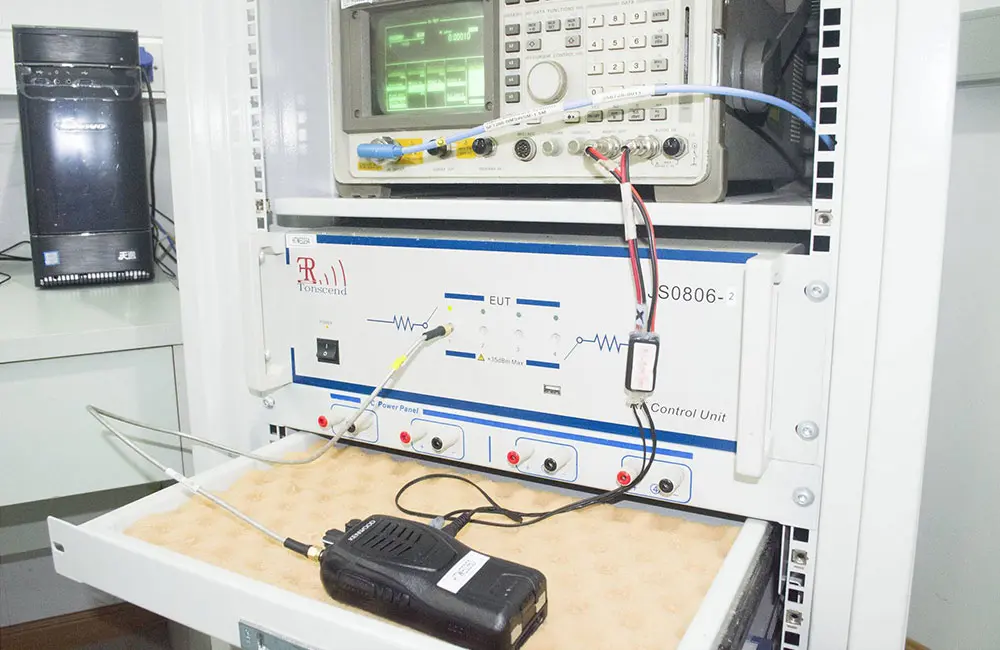 What is the meaning of EMC?
What is the meaning of EMC?
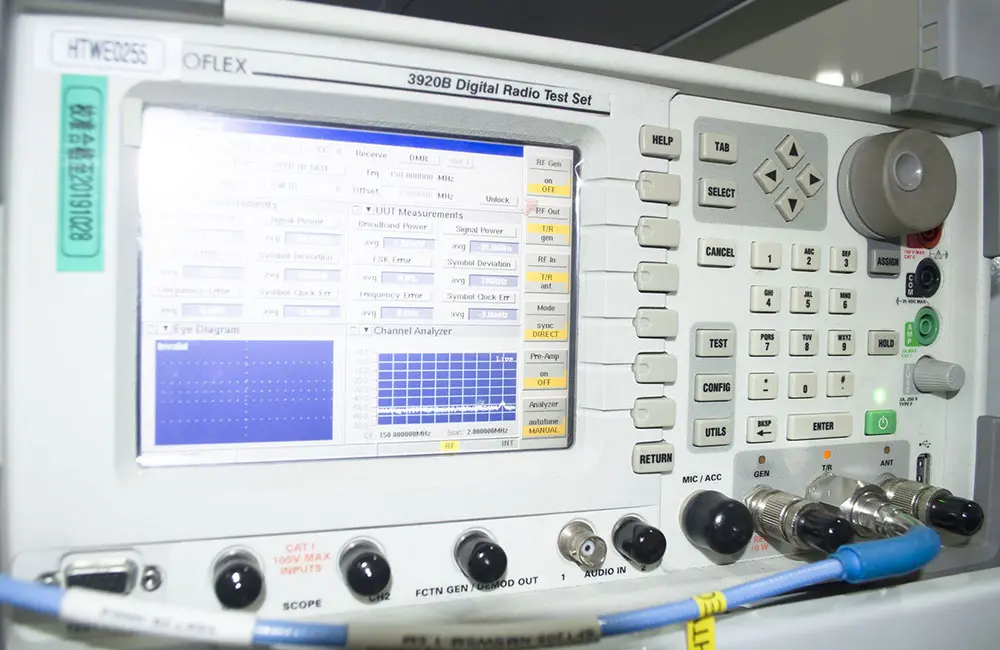 Why EMC Test Is Required?
Why EMC Test Is Required?
 What is the Difference Between EMI and EMC?
What is the Difference Between EMI and EMC?
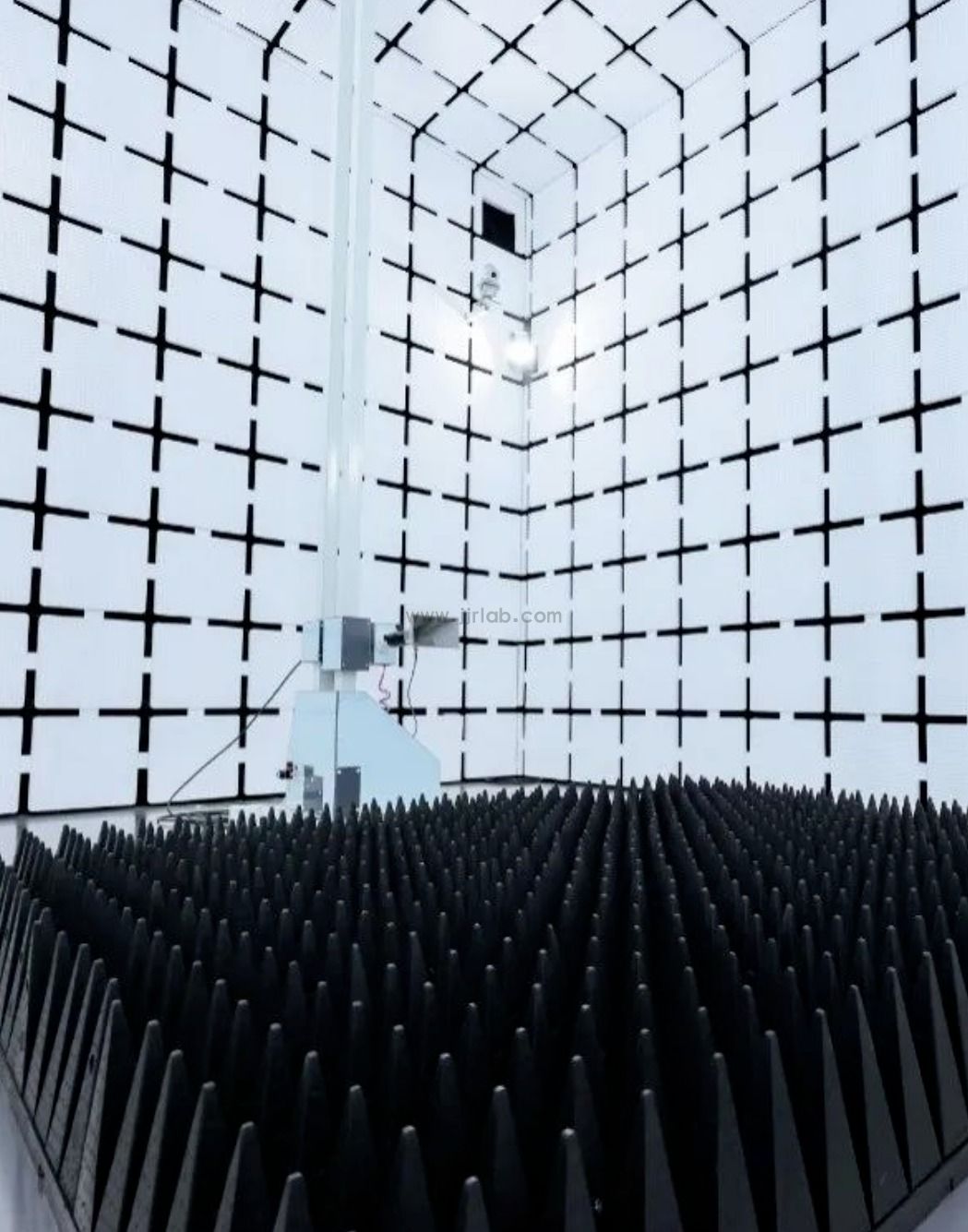 What is the difference between CE EMC and CE LVD?
What is the difference between CE EMC and CE LVD?
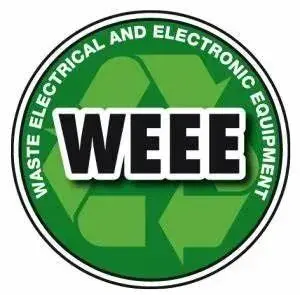 What Is the EU WEEE for Electronic and Electrical
What Is the EU WEEE for Electronic and Electrical
 What Is the ASTM D4316-95(2016) Hot Water Bottle T
What Is the ASTM D4316-95(2016) Hot Water Bottle T
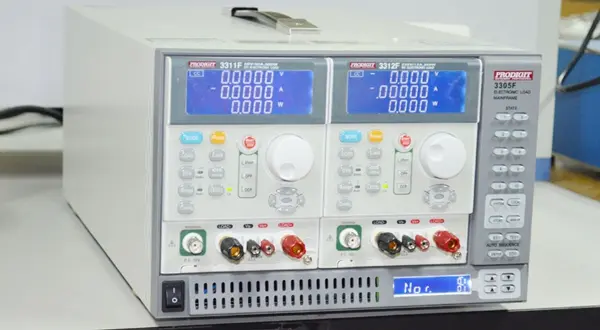 Amazon Electric Massager UL1647 Test Report
Amazon Electric Massager UL1647 Test Report
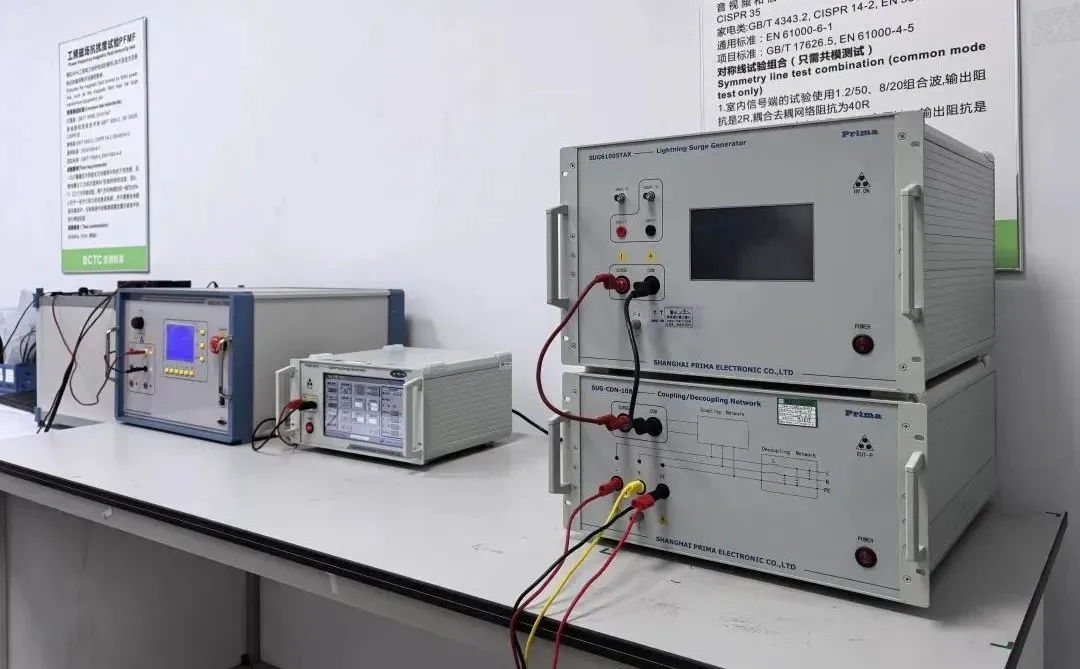 What Is IEC 60068-2-5:2018 Solar Radiation Test?
What Is IEC 60068-2-5:2018 Solar Radiation Test?
Leave us a message
24-hour online customer service at any time to respond, so that you worry!




